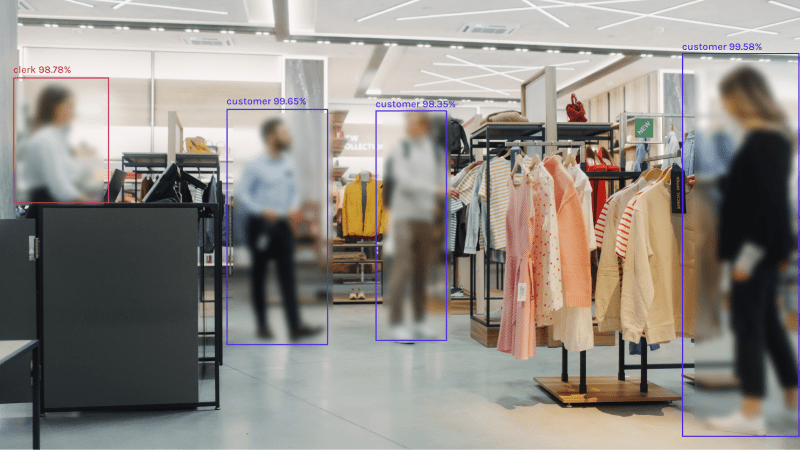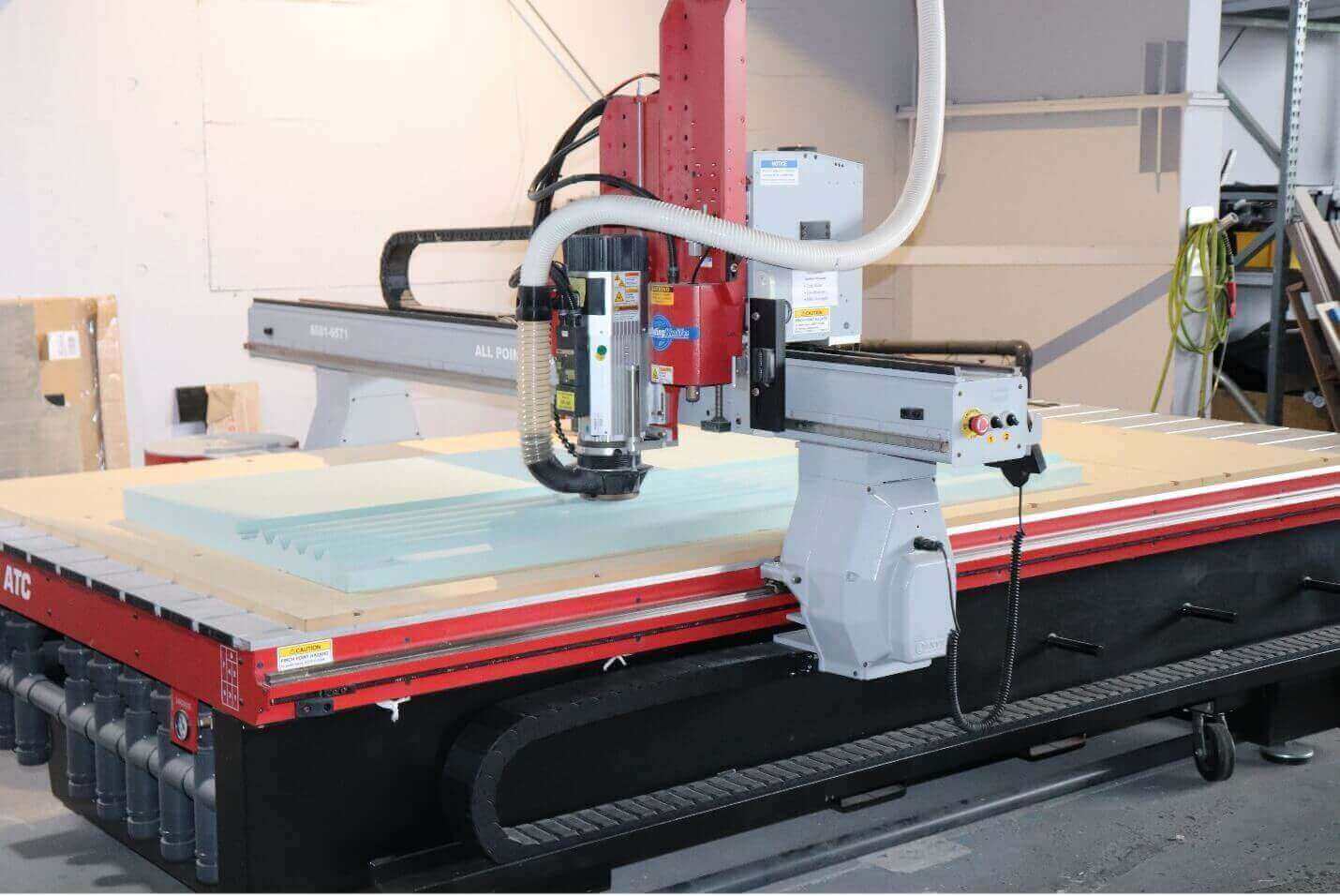10 Reasons to Adopt Edge Computing in Your Data Center Strategy

The processing of data collected from connected devices at the network’s edge rather than in a central data center is called edge computing, and it can serve numerous benefits, such as minimizing latency, cutting costs, improving security, etc. In this case, you have a chance to reinvent your Information Technology strategy and make your applications more intelligent with the help of edge infrastructure.
This article will discuss ten important factors that must be taken into account when deciding whether or not edge computing is right for your organization. Although there are many benefits of making the shift, taking note of the top ten reasons will help develop a strong business case.
Let’s dive in!
1. Improve Application Performance
This means that edge computing locality results in far less round-trip data transport compared to other methods. Editing is easy with computing at the edge because the results are almost immediate. No more lag time for the employees, and no more lag time for the customer. Provide high-quality of service where the response times are in microseconds rather than milliseconds.
2. Allow Real-Time Execution
In the manufacturing sector, edge processing plays a critical role in controlling machines and ensuring optimal performance. For example, in a factory setting, sensors embedded in machinery can collect vast amounts of data, such as temperature, pressure, and vibration levels. This data is processed in real-time at the edge to detect anomalies and make adjustments to the manufacturing process. By doing so, edge processing helps prevent downtime, improves product quality, and enhances overall efficiency.
Edge processing is revolutionizing industries with its ability to enable real-time decision-making, optimize interactive tasks, and enhance the efficiency and safety of critical processes. As the volume and complexity of data continue to grow, edge processing will play an increasingly pivotal role in driving innovation and transforming the way businesses operate.
3. Reduces Network Bandwidth Usage and Load
Most tasks are performed locally, meaning the load on costly wide-area network pipes is significantly reduced. In fact, for most types of data center workloads, the required bandwidth will be less than half of what it currently is. WAN contracts and long-haul data transport increased costs when implemented separately; however, the integration resulted in efficient utilization of IT budgets.
4. It Should Also Manage Privacy and Data Sovereignty
Privacy and data sovereignty are critical to any firm, and this should be managed. The globalization of markets has resulted in an increased need for Firms to address privacy and data sovereignty This is because globalization has led to Markets getting interconnected and becoming global.
Data locality also assists in dealing with concerns and managing regulations like GDPR in relation to data privacy for the benefit of the enterprise and the consumer. When it comes to personal information, for instance, medical records or customer records, data remains near the original source, making it easier in terms of security issues and concerns as well as loss of control. Data should be secure and cannot be leaked across unfriendly borders.
5. Bolster Cybersecurity
It is always easy to have enhanced security features simply because data center solutions are inherently secure. When data is distributed across multiple smaller areas, the potential for a large-scale attack is significantly mitigated, as opposed to a large data center. Quicker identification of threats in the network is needed to ensure that lateral movement is contained. When processing is done offline, as is the case in most autonomous systems, temporary network disturbances do not affect the process.
6. Smart Infrastructure and IoT or Smart Internet of Things
For IoT and smart deployments, intelligence needs to be at the edge or the source of data generation. However, when there’s no data center capacity, sensors, machines, and appliances remain just dumb data generators. Unleash the potential of the Internet of Things and billions of connected objects by collecting, analyzing and responding to the massive amount of data generated at the edge.
7. AI and ML Are Powerful and Important Tools That Provide Support
The models based on AI and ML need a large amount of data for both training and processing. Even though cloud platforms help with model creation, real-time model execution in an environment with statefulness is possible only on the nodes that are close to the edges, where latency does not affect the results. Transform data into insights in real time across edge computing tools for smarter business decisions.
8. Conduct Predictive Maintenance
The sensor data along with analytics models, powered by the edge resources, help alter equipment maintenance from a simple reactive approach to a predictive one. In real-time, check the health of a device or vehicle, identify issues earlier and diagnose them quicker without the latency of a cloud connection. Minimizing the disruption of operations through better systems will increase the efficiency of the organization.
9. Align Supply to Unscheduled Demand
That is because core applications stay locked in the data center, but edge resources provide the flexible, tactical capacity to scale as needed at various locations. Automate resources for scaling, which is the process of increasing or decreasing resources as needed, so that there is no over-provisioning or under-provisioning. Optimize for fluctuations in manufacturing floors, retail shops or entertainment sites with local computers.
10. Reduced TCO with Distributed Supply Chain Footprint
Rather than investing in mega or multiple data centers, it is way cheaper to outfit a number of regional edge computing sites. The volume of energy and real estate significantly reduces with smaller computing closer to the local users instead of centralized resources. This will reduce capital costs and continuing costs by using existing structures as much as possible.
Getting Ahead with Edge
As this previous section discussing the ten main advantages of processing and analytics at the edge shows, there are several significant advantages that edge computing can bring to enterprises when it comes to responsiveness, cost, security, and data management. Determine which of your prioritized motivators are most important for your systems and stakeholders. Next, start thinking about how you can push certain critical workloads out closer to your data and your users. As far as low-latency insight is concerned, its future lies at the edge.





